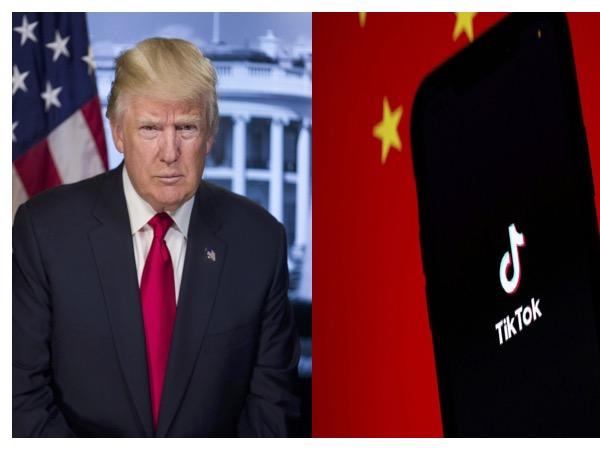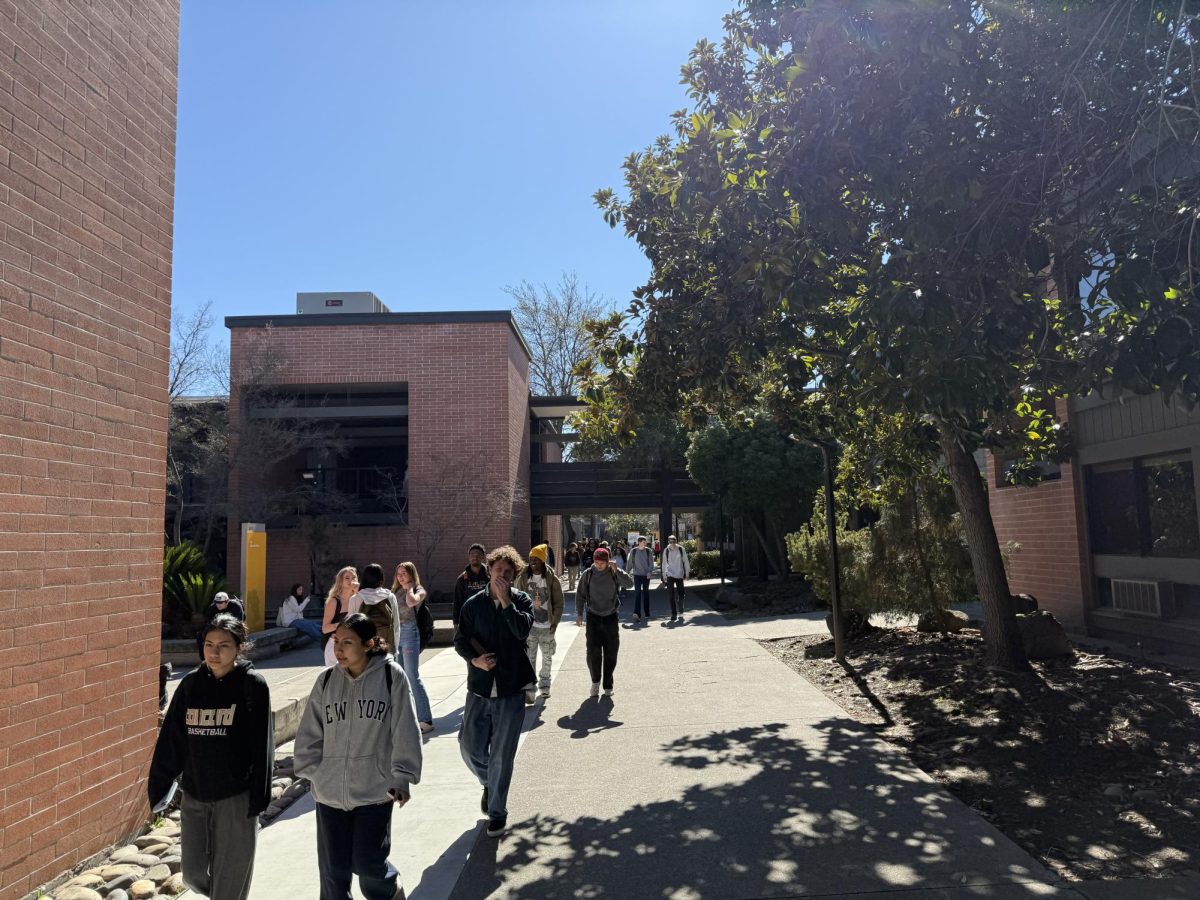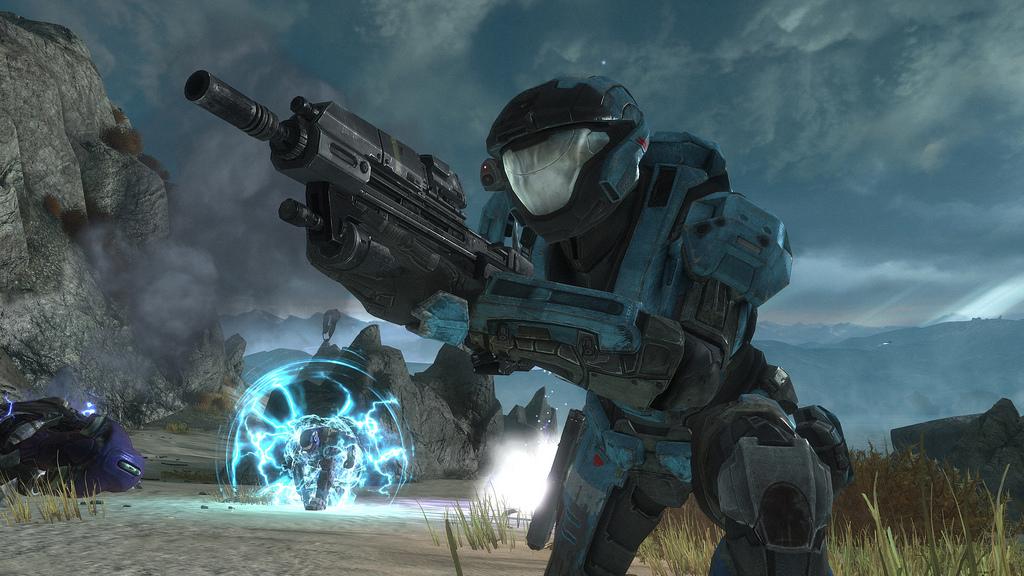Multiplayer
“Blood Gulch.” “Hang ‘Em High.” “Sidewinder.” To many people, these words are just that, simply words. But to others, they are a nostalgic force of nature.
These words are like a time machine transporting them back to a simpler time when having your friends over to play Halo was the social gala of the week. Soda flowed freely, potato chips were plentiful, and sleep was deprived.
Did kids worry about the possible ramifications of an activity that might have such a negative impact on their health? Of course not, this is Halo we’re talking about people. Who gives a crap about health when the blue team is about the get the final capture needed to win a four hour marathon capture the flag match?
Nine years later, Bungie has given us the magnum opus of the “Halo” series with “Halo: Reach.”
While some fans will be disappointed to hear that this will be the last “Halo” game developed by Bungie, they’ll be happy to know they have left us, quite possibly, the largest and most robust multiplayer suite ever packed onto one disc.
Not only does it include the standard “Halo” matchmaking multiplayer, but it also includes the firefight mode from “Halo: ODST,” with brand new features, maps, game types, and most importantly, the ability to match up with random strangers so you’ll always have three other people to play with instead of being forced to draw your group from the folks on your Xbox Live friends list.
The most entertaining of these new modes is called “Gruntpocalypse.” The premise behind this firefight mode is to take an army of grunts (essentially what you would get if Ewoks were evil and were bludgeoned with an ugly stick), and use your paintbrush/rifle to paint your battlefield/canvas with their neon blue blood. The description of this mode says “aim for the face.” Enough said.
Firefight is awesome, but competitive multiplayer is always where the action has been in the “Halo” series, and knowing that, Bungie hasn’t tampered with that formula all that much. You still pick from a set of playlists and you still get matched up with 12-year-old racist homophobes.
But there have been some changes which, for the most part are relatively tiny.
For instance, a person can now set certain parameters to narrow their match search so they will have a higher chance of being grouped with folks that will make their experience a bit smoother.
While most changes seem to target the streamlining of the peripheral functions of “Reach,” there are also a few changes that look to shake up the “Halo” formula.
The most noticeable of these changes is the addition of “armor abilities.” These include things like a jet pack, a sprint similar to “Call of Duty” and the ability to drop a bubble shield.
Even though you won’t be able to pick every ability in every map and game mode, they still play an integral part in your strategy, and your choice of “armor ability” will set the role you will play in any given match.
Want to be the man running the flag in capture the flag? You might want to choose sprint.
Altogether, the sheer size of the “Halo: Reach” multiplayer package is hard to resist, but let’s face it, if you wanted this game, you’ve already bought it, but if you were on the fence, it is well worth the $60 price tag.
Campaign
While most people enjoy the “Halo” series for what it is – shallow, overly sweet and, mostly unhealthy video game sci-fi fast food – I’ve always had trouble warming up to Master Chief and Cortana.
It’s all the more surprising that “Halo: Reach,” Bungie’s fifth and final game in the immensely successful Xbox-exclusive video game franchise, has turned out to be one of the year’s most interesting, engaging and fun titles.
By no means does “Reach” reinvent the genre – nor has it turned out as an entirely faultless title – but what game ever has?
It’s more like Bungie looked at its past nine years of developing “Halo” titles and decided that it was time to not only rethink some of the basic “Halo” gameplay without deviating too far off the known path, but also to modernize it – something I feel was neglected for far too long.
Everything from the presentation to the gameplay has been reassessed and redesigned, resulting in a campaign that will not only satisfy the hordes of fans mourning over the passing of the series, but also proving that as cartoony and cliché-laden as the universe might seem, it does have some remarkable depth to it.
Playing “Reach” feels fresh despite Bungie’s decision to rely on the tried and true “Halo” formula, and it works in this case.
It seems that the most attention has been paid to little details in the formula, and all the tweaking and refining pays off in things like the new control scheme that’s designed around the title’s pick-up ability perks (sprinting, jet-packing, etc.) or the new stealth assassinations that add up to a much more stellar core gameplay.
The melancholy story is also aided by a fascinating vibe that radiates from the feeling of fighting a war over a planet that, as most “Halo” fans know, has already been eradicated from existence shortly before the events in “Halo: Combat Evolved.” Reach is lost, and so are all the Spartans on it desperately fighting for the planet’s survival. The player slips into the role of Noble Six, the newest member to Noble Team, a group of the Alliance’s best Spartans, to relive those last few weeks of Reach’s lifespan.
It’s that unique Titanic scenario that allows Bungie to tell a much more dramatic, impacting story that revolves around a group of highly trained elite soldiers who have a much more vulnerable, human side to them than what we’ve come to expect from a Spartan in the “Halo” universe.
Seeing Catherine Halsey interact with “her” Spartans, or having to endure one of them fall in combat only deepens the sense of humanity that I felt somehow never came across in the original trilogy. It helps that the cutscenes have improved dramatically in style and direction, adding some of the coolest moments to the game, like when I suddenly found myself punching an Elite’s face in first person mode during one of the cutscenes.
I don’t remember ever having had such an intense, close encounter with any of the enemies in the previous games.
But like I said, “Reach” is not perfect. Some of the environments still feel recycled, both architecturally and visually, which often made me wonder if Bungie ran out of time, ideas, or whether I just failed to realize that the plot made me return to a previously visited location because of logical reasons. It’s still a typical “Halo” annoyance. That, as well as a bunch of AI bugs where the friendly NPCs decide to concede the fight, and a shallow stealth mechanic besmirch the experience without ruining it.
In the end, Bungie’s final “Halo” turned out to be one of this hardware generation’s best first-person shooters, and one that deserves attention by any and every first-person shooter enthusiast out there. Few games this year hooked me the way “Reach” did, and no game was as emotionally engaging as it was satisfying to play.
Contact Troy Patton at [email protected] and Parjanya Holtz at [email protected]









































































